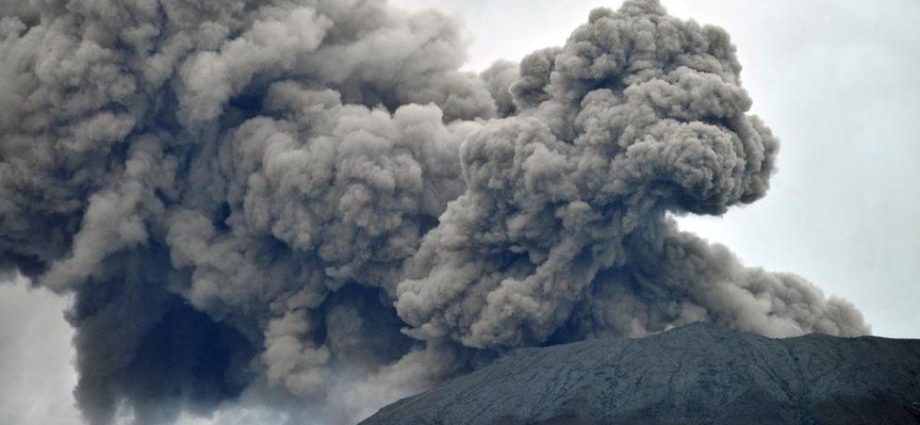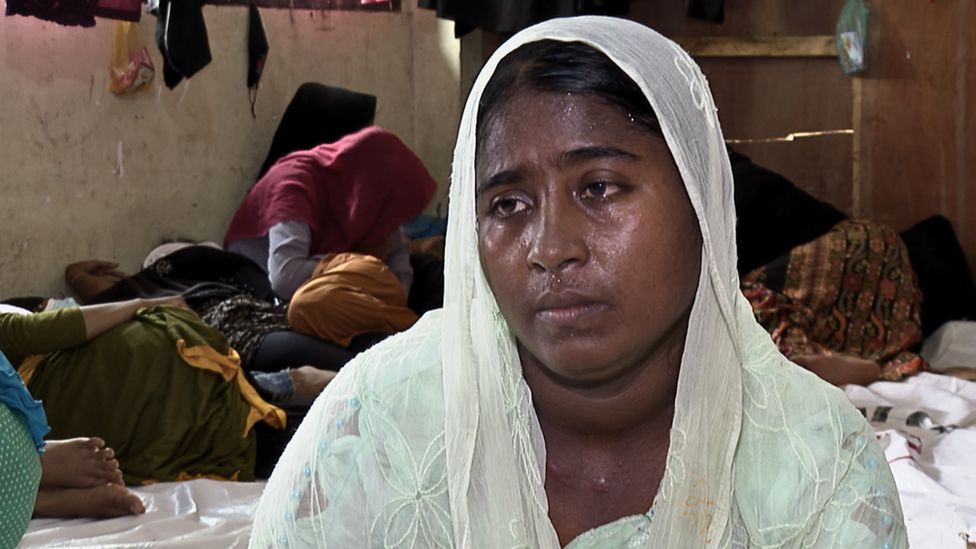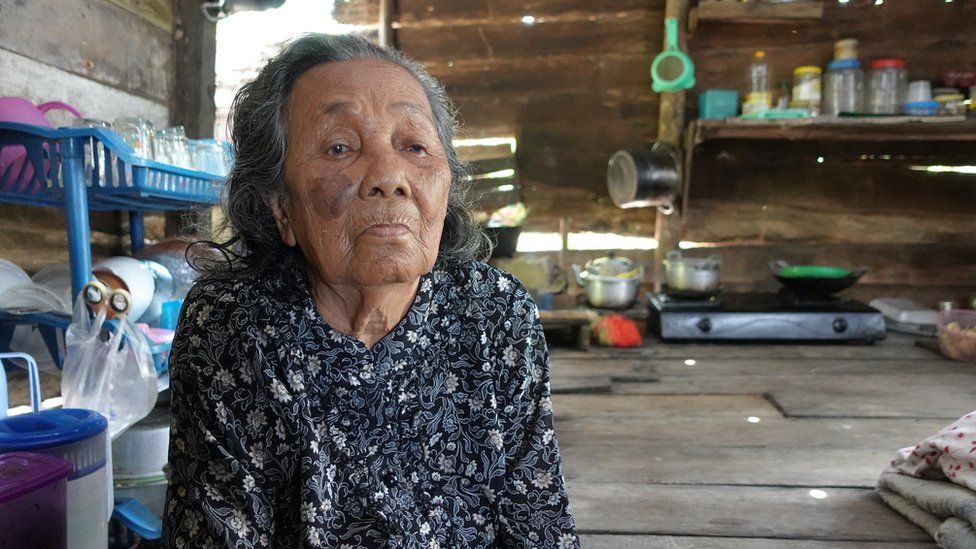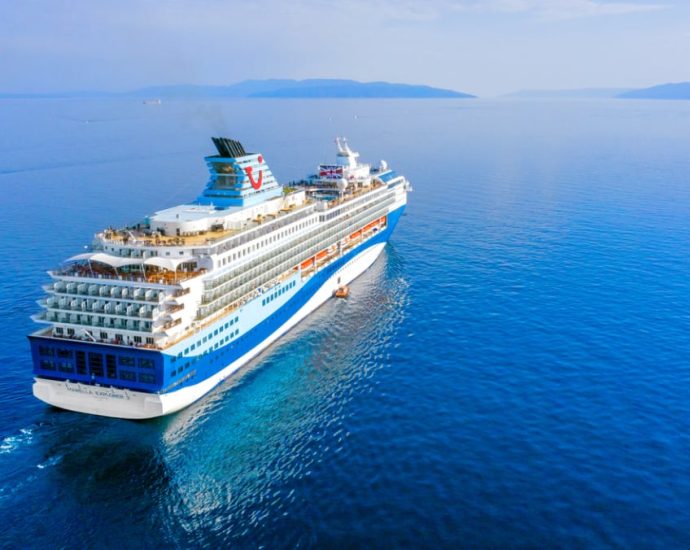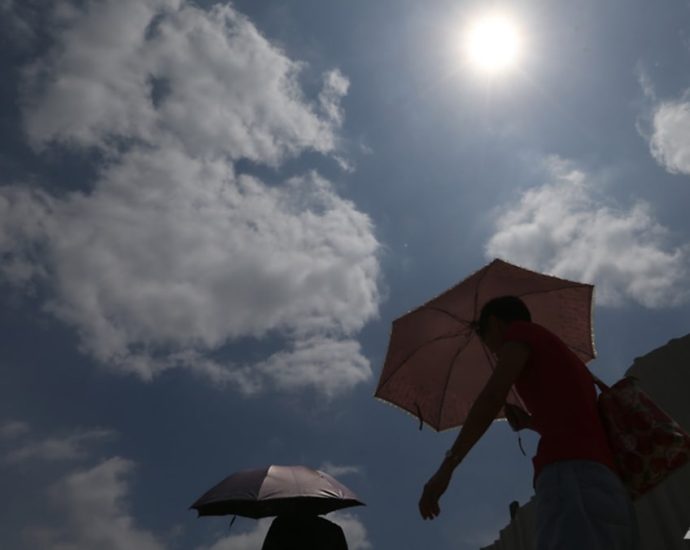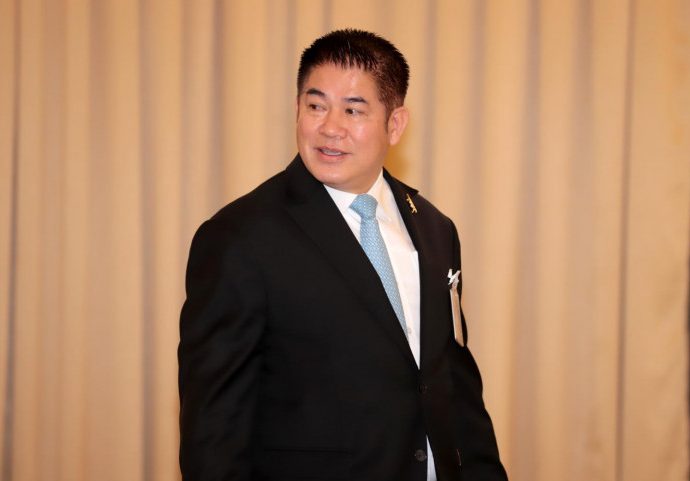Marapi eruption: Hikers recount escape from ‘Mountain of Fire’
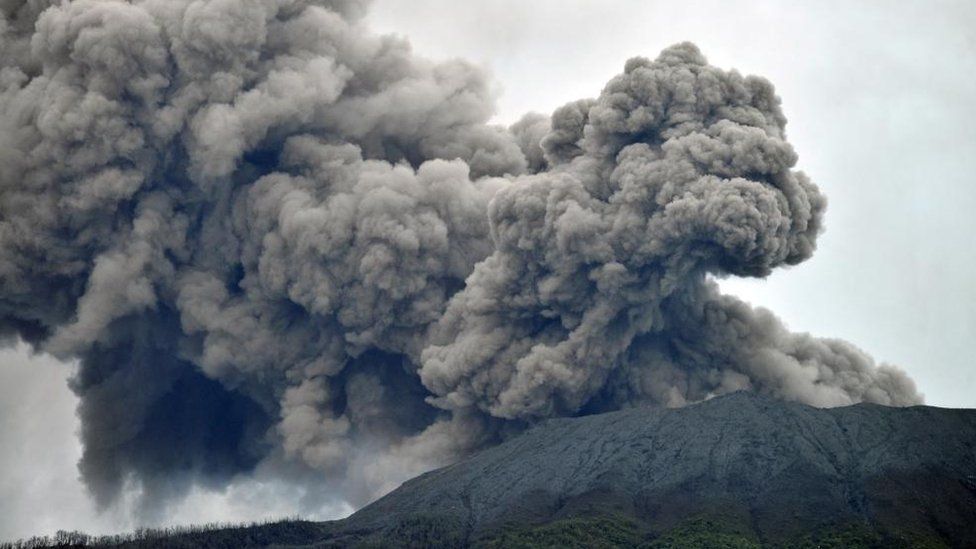 Reuters
Reuters“Initially, only smoke emerged, then it started raining rocks, followed by ash. There was no warning,” says hiker Irvanda Mulya.
Mr Irvanda and 17 of his friends had planned to climb Mount Marapi for more than a month. But what started out as a fun expedition up one of Indonesia’s most active volcanoes took a deadly turn last weekend.
Marapi, which translates from the local Minang language to “Mountain of Fire”, spewed scalding hot ash and rocks into the air on Sunday, leaving 23 people dead due to severe burns, including 12 from the group.
Mr Irvanda survived with extensive injuries along with his friend, Muhammad Fadli. They told the BBC how the eruption unfolded on the slopes of the mountain.
The group of friends, most of whom met in school, decided to hike Marapi “just to have fun”. While most of them were avid mountaineers, seven of them were climbing a mountain for the first time. Marapi seemed like a sensible option as they live in Padang, a city three hours away, which is close by local standards.
Marapi stands at 2,891m (9,485 ft) in West Sumatra province. It is one of Indonesia’s 127 volcanoes. The country is located on the Pacific “Ring of Fire”, where the meeting of continental plates causes high volcanic and seismic activity.
‘There was no warning’
The group arrived at Marapi’s base camp last Friday and started their push to the summit early the next day. They spent Saturday night in tents set up around a small white monument called Tugu Abel, about 600m from the peak. It was named after a man who died when Marapi erupted in 1996.
It rained heavily when the group reached the peak on Saturday, Mr Irvanda said. But the poor weather that continued throughout the night did not douse their enthusiasm. They were greeted with amazing views at sunrise on Sunday and some considered staying through sunset.
Eventually, they decided to start their descent early. Mr Fadli, Mr Irvanda and two others went ahead at about 15:00 local time (0800 GMT).
All of a sudden, the ground started to shake.
“I covered my mouth to avoid inhaling ash. I ran downhill, tumbled for a bit, saw [my friend] Bima already below, helped him briefly, and then both of us continued descending,” Mr Irvanda said.

Mr Fadli broke his finger trying to dodge stones falling from the sky with his hands. One rock hit his leg, causing a fracture.
“I forced myself to walk. I used my heels to continue down the path… We kept trying to move downhill by constantly looking for places to protect ourselves on the cliffs,” he said.
The group slowly made their way down the mountain in treacherous conditions and with multiple injuries, trying to avoid a cloud of heat, and occasionally taking cover behind large rocks. They were driven not only by desperation to survive, but also a sense of responsibility for each other’s safety.
“We were the only hope. We were the only team already going down. So that we can call the search and rescue team to evacuate people who are still at the top,” Mr Fadli said.
A fifth hiker, who caught up with the four leaders, managed to contact the National Search and Rescue Agency, which instructed them to wait at a fork in the road where they could be picked up. The five then continued to climb down, and managed to help two other female hikers along the way.
It would be five hours before rescuers arrived. The group had gone without food, but Mr Fadli said he did not feel hungry. “Because I had ashes inside my mouth too,” he said.
‘Run, Marapi is erupting’
Another hiker, Muhammad Iqbal, descended from Marapi with a different group and reached the foot of the volcano just before it erupted. He said he was surprised to hear a troop of monkeys screaming frantically.
“[They sounded] excited, like they were calling the king or something. They were roaring,” he said.
And then, a farmer ran past him, screaming, “Run, boy, run, Mount Marapi has erupted.”
“At first, we thought she was kidding. We didn’t hear any eruption,” Mr Iqbal said.
“But when we reached the [end] point, people were gathering and we saw some of them running. Someone was speeding off with their motorbike,” he said.
When he finally came to terms with what had just happened, Mr Iqbal was shocked.
“My mind went blank. I was playing near the crater of Mount Marapi just hours ago,” he said, adding he felt lucky to have gone down before the eruption.
Officials said most of the 75 hikers in Marapi during the eruption were evacuated and received treatment for burns. Twelve injured victims were undergoing treatment in hospital, as of Wednesday.
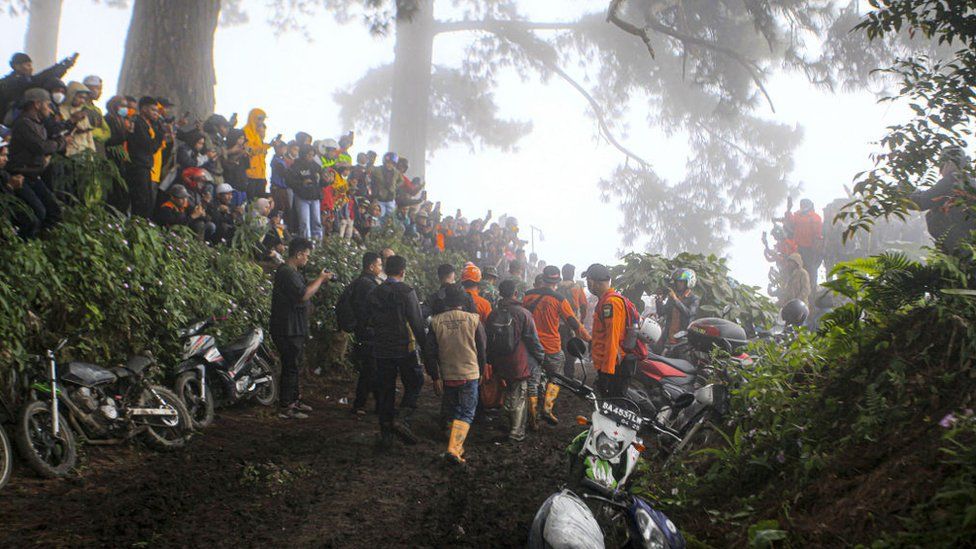
In the days that followed, Mr Iqbal began to question why there were no warning signs – save for the screaming monkeys – or clear instructions to stay away from dangerous spots.
Marapi has stayed on the second-highest alert level of Indonesia’s four-step warning scale since 2011. People are not allowed within a 3km radius from the peak – but this was not made clear to the hikers that the BBC spoke to.
“Why were we still allowed to climb Marapi, even to the crater, like I did?” said Mr Iqbal, who was attempting the hike for the first time.
Experts told the BBC the death toll could have been minimised if hikers were prohibited from lingering so close to the crater.
Dian Indriati, who leads the West Sumatra Natural Resources Conservation Agency, said officials had installed a sign saying that the area was “extremely dangerous”, but hikers appeared to have ignored it.
Eko Teguh Paripurna, a disaster management specialist from UPN Veteran Yogyakarta, said authorities approved hiking permits with inadequate requirements, while climbers appeared to have underestimated the dangers ahead.
Mr Fadli and Mr Irvanda said they would not climb mountains for a while.
“I am grateful for being given a chance at life by God… But many of my friends lost their lives. This trauma runs deep.
“This is what bothers me so much in my sleep, because I failed to save all of my friends,” Mr Irvanda said.
Nicky Widadio and Halbert Chaniago from the BBC World Service contributed to this report.
Related Topics
-
-
3 days ago
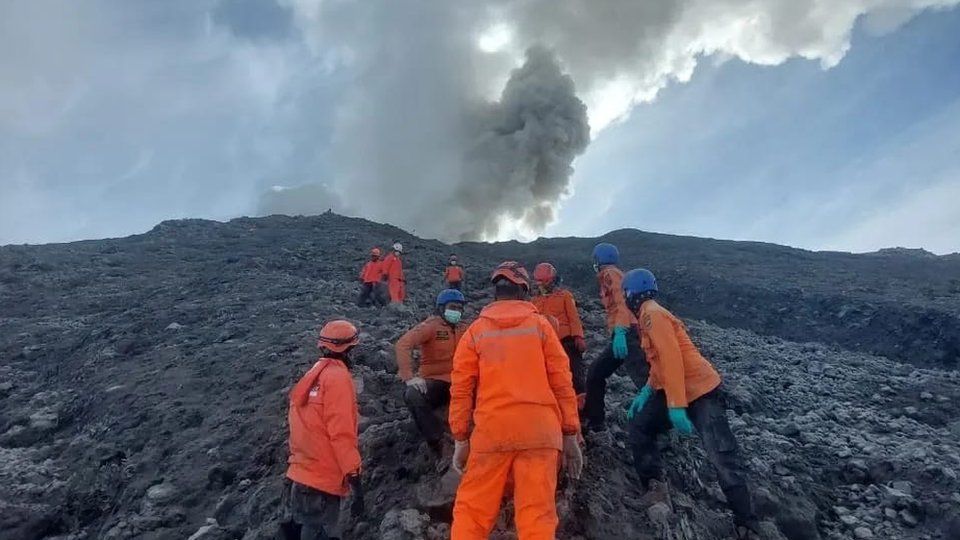
-
-
-
21 October
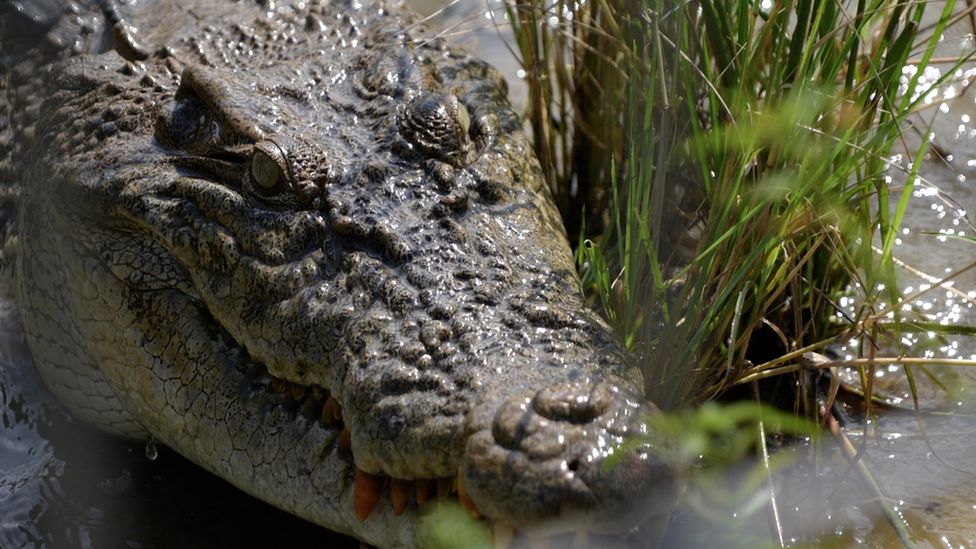
-
-
-
4 October
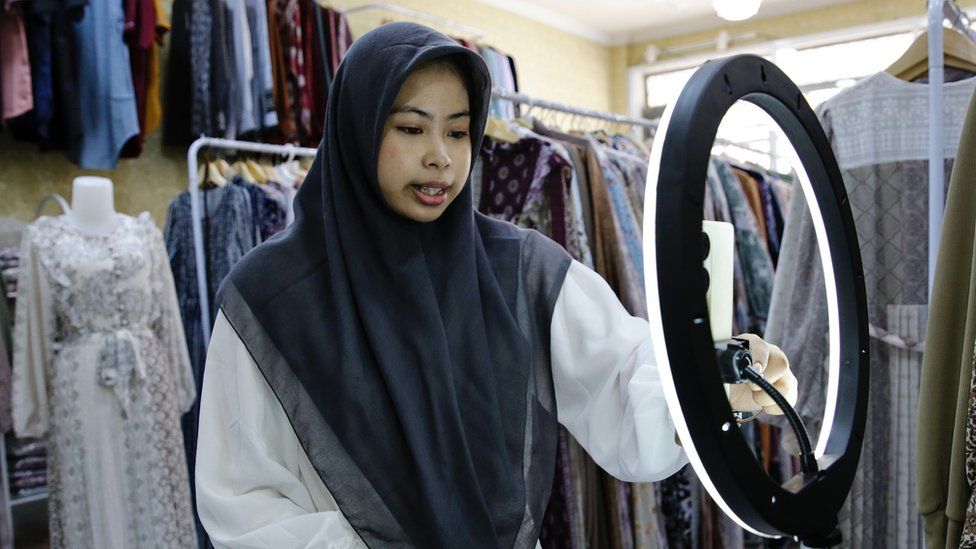
-
Historian looks at anime: Blue Eye Samurai
Warning: this article includes spoilers for Blue Eye Samurai.
Netflix’s Blue Eye Samurai is an anime series set during the opening decades of Japan’s Edo period (1603–1867), also known as the Tokugawa period. Among other subjects, the series addresses – with varying degrees of histocial accuracy – violence, the role of samurai and what life was like for women and people of mixed heritage.
Japanese society was strictly stratified at that time, as the series frequently makes clear. The hierarchy, ranked in descending order, consisted of the samurai, farmer, artisan and merchant classes.
Even in the early stages of the 17th century Edo period, the entire samurai ruling class centered around the role of the warrior. But by the time the series opens, in the 1650s, the country was unified – a political and economically stable society – and this meant that the role of the samurai was in decline.
Nevertheless, the samurai still defended the ideals of loyalty, courage and honor. It is these ideals that motivate Blue Eye Samurai’s principal characters, Mizu, Ringo and Taigen.
Real people of mixed heritage in Edo-period Japan
Mizu (Maya Erskine) is a mixed-heritage white and Japanese woman living undercover as a male swordsmaster. She undertakes a quest for vengeance against four British men (one of whom may be her father) who illegally remain hidden while the Japanese isolation policy, sakoku, remains in effect.
Under sakoku, only Dutch traders were permitted entry to Japan, and they were confined to a small man-made island off Nagasaki. The isolationist policy of the Tokugawa shogunate (Japan’s military government during the Edo period) effectively closed the country’s borders to all outside influences through a number of edicts issued between 1633 and 1639.
But it might help viewers of Blue Eye Samurai to know that during the preceding so-called Christian Century (1540 to 1630), the Japanese authorities had – with varying degrees of enthusiasm – accommodated a large number of foreign traders and pirates who were resident in Japan and active in Japanese waters. We can presume the four renegades are the remnants of these pirates – including Blue Eye Samurai’s main antagonist, the evil Abijah Fowler (voiced by Kenneth Branagh).

[embedded content]
In the Edo period, women were expected to be subservient – but not weak. As the series depicts, women presented themselves as characteristically beautiful, with elaborate hair styles, makeup and clothing. They were supposed to be educated and compliant.
Mizu is particularly burdened by many of the stereotypes of Japanese society. Not only is she a woman, but she is of mixed heritage, something which is repeatedly referred to as being “less than human” or “impure”. She has to conceal her difference in a masculine disguise.
This is reminiscent of the fate of the children of William Adams, a 17th-century English sailor who became an honorary samurai. They disappeared from historical record after 1635. The series captures the covert presence of any person of mixed European and Japanese heritage during this time.
The real upper classes in the Edo period
The life of the upper classes and the choices open to them are depicted in accurate detail in the portrayal of Akemi (Brenda Song) and her family.
Although called a “princess” (perhaps for clarity to western audiences unfamiliar with Japan’s royal hierarchies) her status is more that of a “lady”, as she is not of royal blood. Her father (Patrick Gallagher) is a self-made lord. Nonetheless, as the Japanese emperor’s role was essentially ceremonial in this period, power did lie with feudal lords such as her father. It is accurate to suggest, as the show does, that he would gain higher social status by marrying off Akemi to a member of the ruling shogun’s family.
The strong willed “princess” Akemi excels at many of the fine arts and courtly practices as was expected of a woman of their class. This includes tea ceremony, Renku poetry, flower arrangement, painting, dancing and the game of go.
We follow her as she deploys these skills to achieve independence in a patriarchal society, including resorting to becoming a geisha – which required skills similar to those possessed by women of the ruling classes. Although the proposition is initially repulsive to her, in the end she accepts that marriage to the new shogun’s brother, rather than to her childhood sweetheart Taigen (Darren Barnet), will permit her an active role in the shogunate’s court.
Some people in Edo-period Japan lived outside expected gender roles, including geisha. They could run their own businesses, and the life offered women a level of independence unknown to the other classes, as demonstrated by the character of Madame Kaji (Ming-Na Wen).
The reality of violence in Edo-period Japan
The vivid violence in Blue Eye Samurai suggests that life in the unified Edo Japan was a lot less peaceful than reality.
Due to the long Edo period’s economic and political stability, the role of a samurai as a warrior had become reduced to a largely ceremonial one. Sword skills were demonstrated in stylized duels and challenges over honor, rather than on the battlefield.
The hostility between Mizu and Taigen is plausibly founded on the latter’s perceived loss of honor after losing their duel. However, a storyline suggesting that Abijah Fowler will succeed in usurping the shogun because he has access to firearms, which would trump the Japanese weapons of swords and spears, is a little disingenuous.
In reality, there were gunsmiths in Japan producing guns throughout the Edo period, and for a century before this story is set. As guns required less skill to wield than the sword or the bow, they were seen by some samurai as contrary to their values. The sword was simply the more practical weapon in the average small-scale Edo-period conflicts.
Despite diverging from some of the history, overall The Blue Eye Samurai is an enjoyable, fairly accurate and visually sumptuous tale of Edo-era Japan.
Ruth Starr is a lecturer in the history of Japanese art and architecture at Trinity College Dublin.
This article is republished from The Conversation under a Creative Commons license. Read the original article.
How menopause changes the brain and 3 things women should know to protect against dementia

THREE STEPS TO PROTECT YOUR BRAIN
Several studies have found that up to 40 per cent of dementia cases could be prevented, said Dr Jessica Caldwell, director of the Women’s Alzheimer’s Movement Prevention Center at the Cleveland Clinic in Las Vegas. And a few lifestyle changes in midlife, including quitting smoking, reducing alcohol intake, sleeping better and remaining mentally and socially active, aid in prevention.
But for women in menopause, experts say that three things in particular are likely to have the most impact by addressing both the short-term symptoms as well as the long-term risk of dementia.
1. Hormone therapy, timed right
For decades, researchers were concerned that the hormone therapy used to treat menopause symptoms was associated with an increased risk of developing dementia in older women. But recent studies, including one published in October that reviewed the findings of over 50 studies, look more closely at the timing of the therapy and suggest a more nuanced picture: Hormone therapy that was started around the time when menopausal symptoms began was associated with a reduced risk of Alzheimer’s disease and dementia.
Other studies have found that hormone therapy had no effect on dementia and Alzheimer’s risk, Dr Maki said, but these treatments are effective at addressing hot flashes and night sweats as well as improving quality of life, all of which are “important determinants of brain health,” she said.
2. Consistent exercise
Physical inactivity presents a greater risk for neurodegenerative diseases in women than in men, Dr Caldwell said. “We know that physical inactivity is a risk factor for dementia. And women throughout their lives, on average, are twice as likely to be physically inactive than men,” she said.
A 2018 study that followed almost 200 middle-aged women for 44 years found that the greater their fitness level at the start of the study, the lower their risk of developing dementia later in life. And Dr Mosconi found that brain scans of physically active middle-aged women had fewer Alzheimer’s biomarkers compared to their sedentary counterparts.
Going on your first cruise? Here’s what passengers should know to ensure smooth sailing
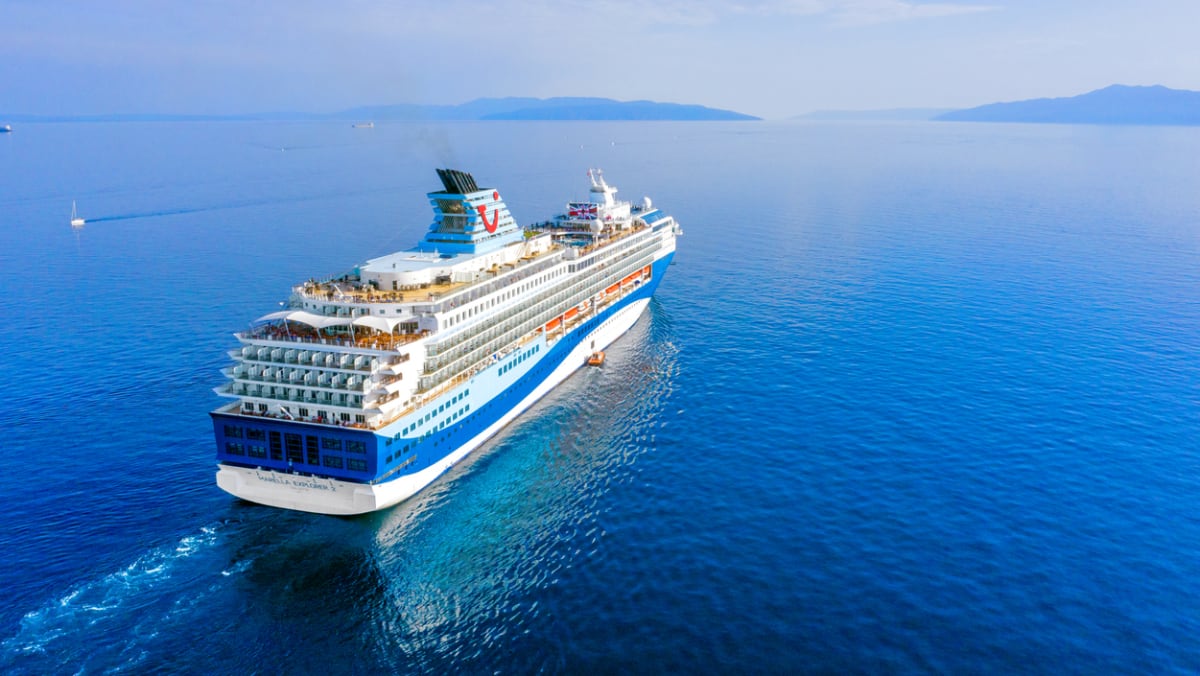
2. BRING A CARRY-ON
After you check your bag at the terminal, it may take several hours before it’s delivered to your stateroom. “Be sure to pack a carry-on with all of the essentials you might need during that window of time,” said Colleen McDaniel, editor-in-chief of cruise news site Cruise Critic, who suggested including “medication, sunscreen, a bathing suit, a phone charger and other essentials that you’ll need as soon as you board.”
3. SIGN UP FOR ACTIVITIES IN ADVANCE
Popular onboard restaurants, shore excursions and spa treatments can fill up quickly so book ahead. Many companies will let you book in advance through their website or app, but if not, head to excursion and activity desks soon after you’ve boarded.
“The theatre productions are incredible and produced at a very high quality,” said Chris Thompson, an avid cruiser of 35 years based in London. “You can usually reserve a seat in advance for free, but if it’s booked up, try showing up 15 minutes before the start of the show when seats often become available.”
Thompson also suggested going to a specialty restaurant on the first night when there is likely to be more availability. “Most people eat in the main dining room while they settle in, so chances are you’ll find a nice table at one of the special restaurants,” he said.
How the Indonesian siblings behind Animasinopal found YouTube success through animation and ‘pure chaos’
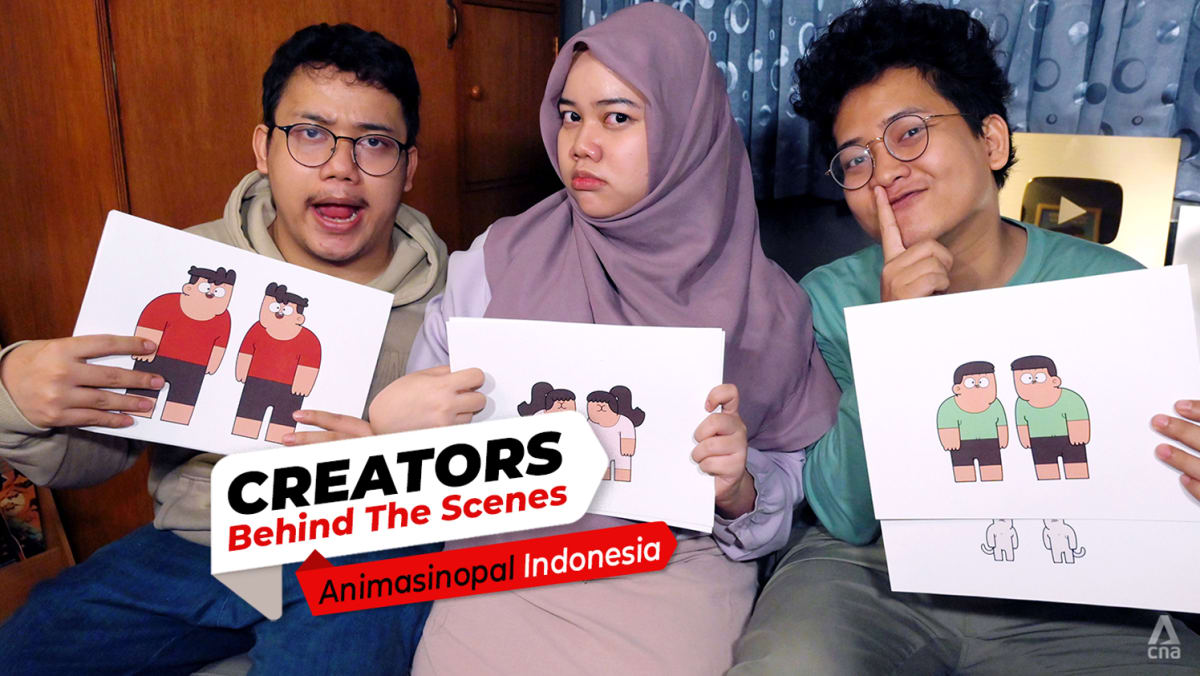
Naufal said his new house is also more conducive for creating content. “Now we have air conditioning but back then, huddling together to record lines was like recording in a furnace,” he said.
The walls in the new house also isolate noise much better. “Sometimes when we screamed for help when recording lines, people actually come to our (old) house. Like once, when we had a fire scene,” said Naufal.
Elements of their new place have also found their way into their videos – like the fish pond which Naufal’s father specially asked for. It makes regular appearances in Nadiah’s own YouTube channel – where Naufal is seen parodying The Little Mermaid. In another their father dips his feet in as though he was at a fish spa.
SEEKING FRESH IDEAS (FROM THE TOILET)
To keep the channel’s content exciting, Animasinopal has since ventured beyond the Cuty-verse. While the cast of characters were limited to Nopal’s family members, Cuty and her friends in the early days, “now, I want new and different concepts, like talking animals and body parts,” said Naufal.
“I get most of my ideas while going to the loo and when I look at the environment around me to look for ideas, I thought ‘oh yes, the materials are just here,’” said Naufal. “Turns out there are many stories that you can make from the toilet world.”
This has given birth to a series of videos featuring the adventures of anthropomorphised waste matter in the human gastrointestinal system. Yes, you read that right. Animasinopal also animates body parts such as the brain, pimples and body cells.
7 football clubs in Singapore that faded into history
GOMBAK UNITED Initially known as Redhill Rangers, the club was renamed Gombak United when it joined the S.League in 1998. The Bulls pulled out of the S.League after the 2002 season due to financial difficulties but returned in 2006 having moved from the Bukit Gombak Stadium to the Jurong West Stadium. They hadContinue Reading
CNA Explains: 2023 is the hottest year ever. How will tropical Singapore cope with record temperatures?
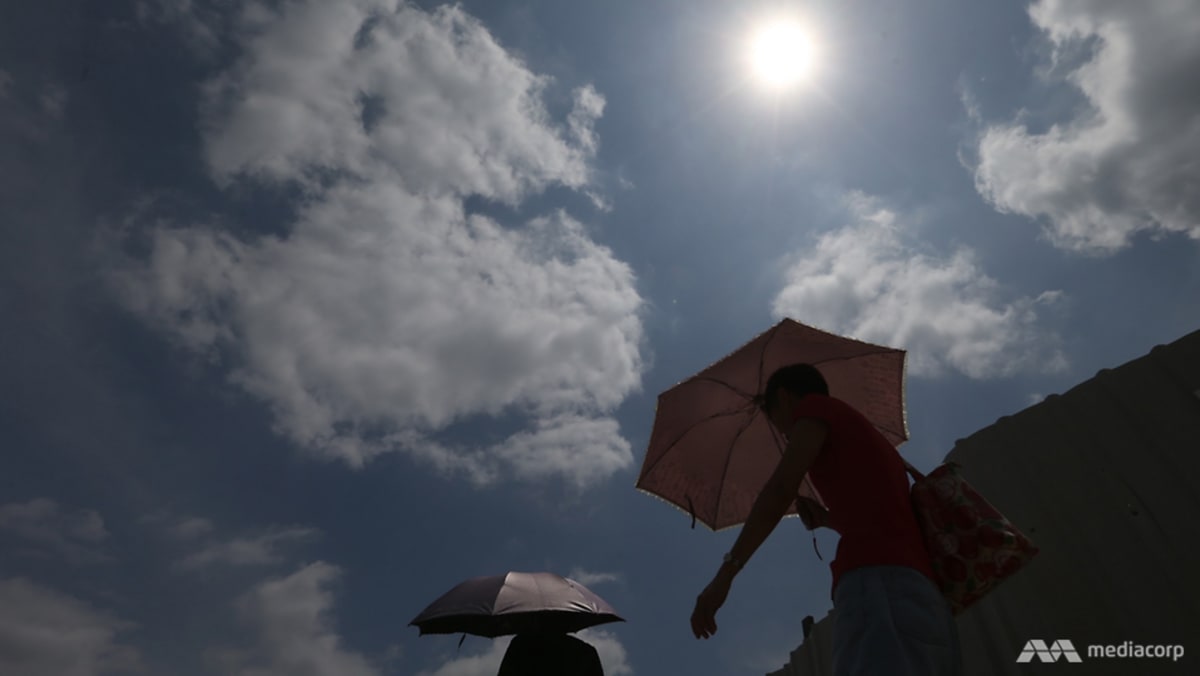
What does the heat do to our minds and bodies?
Studies show a correlation between hot days and an increase in hospital visits for mood and anxiety disorders.
On a physical level, heat extremes have an impact on the human body, which has an average temperature of about 36.5 degrees Celsius. Anything beyond that, and we start sweating to help the body stay cool.
If that water loss is not replenished, we get dehydrated and our organs start to struggle with their essential tasks.
The heart is forced to pump harder as it tries to regulate the body’s temperature.
Blood vessels thin as more blood is brought to the skin to aid in the sweating process, but this lowers blood pressure, leading to the risk of a heart attack.
Dehydration also decreases oxygen supply to the kidney, responsible for removing extra waste and extra fluid from the body. This can lead to chronic kidney disease.
Prolonged exposure to intense heat can also escalate to heat stroke, which is marked by an elevated body temperature, a rapid strong pulse and the loss of consciousness.
This can be fatal if the victim is not taken to a medical facility quickly.
118 turtle eggs found on Phangnga beach
PUBLISHED : 9 Dec 2023 at 05:18

PHANGNGA: A total of 118 leatherback turtle eggs were found on a beach in Khao Lampi-Hat Thai Muang National Park in Thai Muang district yesterday, the first of the current nesting season, according to park officials.
Prarop Plaengngan, the national park chief, said officials were patrolling the beach for signs of a leatherback turtle, or Tao Mafueng, breeding site when they spotted turtle tracks on Hat Pang Friday morning.
They followed the tracks of the mother turtle, which was 160-170 centimetres in length, to the nesting site where they found 118 eggs. Of them, 34 were infertile.
Mr Prarop said the eggs were moved to a safe place where they would not be disturbed by other animals or human activity so they can be hatched safely, adding the nest is expected to hatch in early February.
Thamanat warns local rice farmers
Alarm sounded on smuggled strains
PUBLISHED : 9 Dec 2023 at 05:15

The government has warned farmers not to smuggle or grow rice sourced from Vietnam that Thai authorities have not yet certified.
Agriculture and Cooperatives Minister Capt Thamanat Prompow on Friday issued the warning to Thai farmers saying they could be in trouble if Vietnam files complaints against them.
Capt Thamanat said this could also affect the country’s reputation and bilateral ties.
The minister admitted that rice strains from Vietnam produce more yield per rai than Thai rice strains, which can generate more income for farmers.
But he said it is impossible for the Department of Rice to certify rice strains smuggled in from neighbouring countries.
Capt Thamanat said he instructed the Department of Rice to research and develop new domestic rice strains that will yield more crops per rai with better quality so farmers can use them for growing in the next planting season.
On Tuesday, The Rice Trader (TRT) announced that Vietnam’s Ong Cua ST25 rice won the first prize in the World’s Best Rice 2023 contest at the World Rice Conference in Cebu, Philippines, held on Nov 28-30, beating about 30 other rice varieties submitted from various countries.
The second and third prizes were won by rice from Cambodia and India, respectively.
The president of the Thai Rice Exporters Association, Chookiat Ophaswongse, said that Thailand did not join this year’s contest even though Thai rice is widely recognised for its high quality and standards.
Thailand’s Hom Mali 105 rice won the world’s best rice title for two consecutive years in 2020 and 2021.
However, Cambodia’s Phka Rumduol rice surpassed Thailand’s Hom Mali rice, winning the title of “Best Rice in the World” in 2022.
The failure of Thai rice to join the competition caused a stir among the Thai public, given that Thai rice has long been a world champion and has always been among the top three best rice types worldwide.
Capt Thamanat offered assurances about local rice despite its lower yield per rai.
“When it comes to quality, Thai rice is not inferior to any other rice variety,” Capt Thamanat said.
Are BPA-free plastic bottles really safe? Hereâs what you need to know
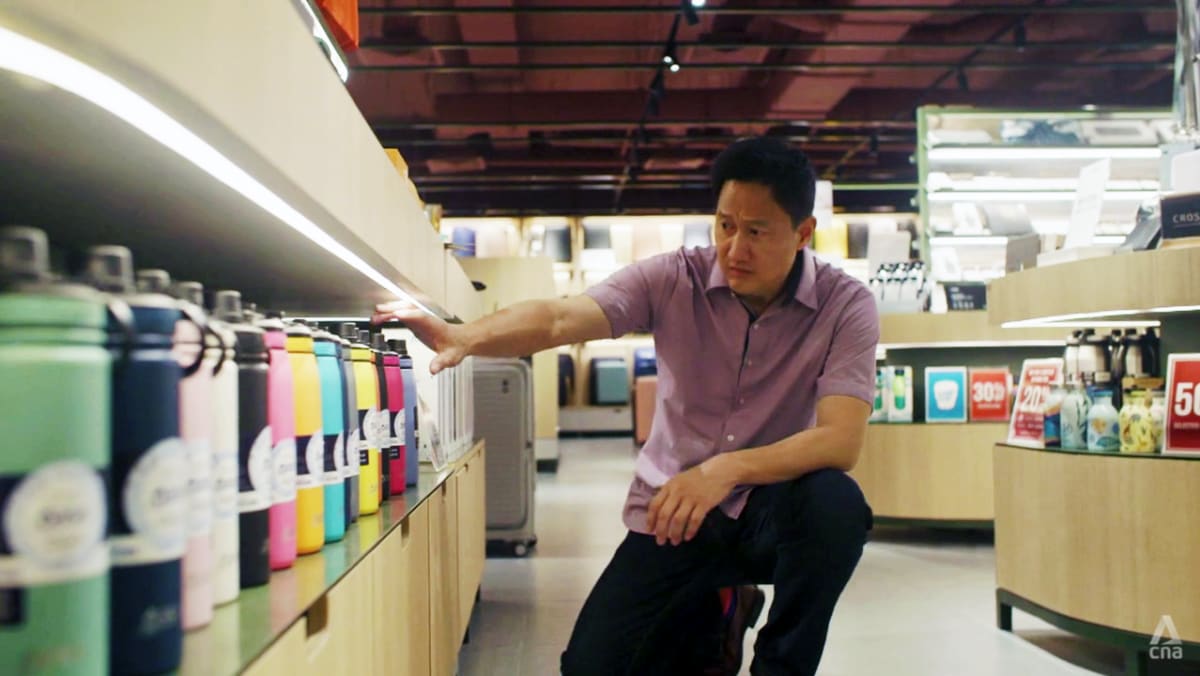
Tritan shares similar characteristics with polycarbonate, such as clarity, durability and resistance to impact, said Liew. But it is BPA-free; and it costs more.
While some Tritan bottles are labelled as such, Nalgene bottles carry only the “BPA-free” label, Liew added. “Consumers should be aware of what they’re buying and also do their own due diligence.”
In a consumer advisory shared with Talking Point, the SFA said consumers should use reusable bottles or food containers according to instructions. For example, only containers labelled microwave-safe should be used for reheating food in the microwave.
A product should be replaced when its integrity has been compromised, such as when it is cloudy, discoloured or cracked.
When choosing reusable products, consumers can also opt for other materials, such as glass, porcelain or stainless steel, especially for hot foods and liquids.
Watch this episode of Talking Point here. The programme airs on Channel 5 every Thursday at 9.30pm.

